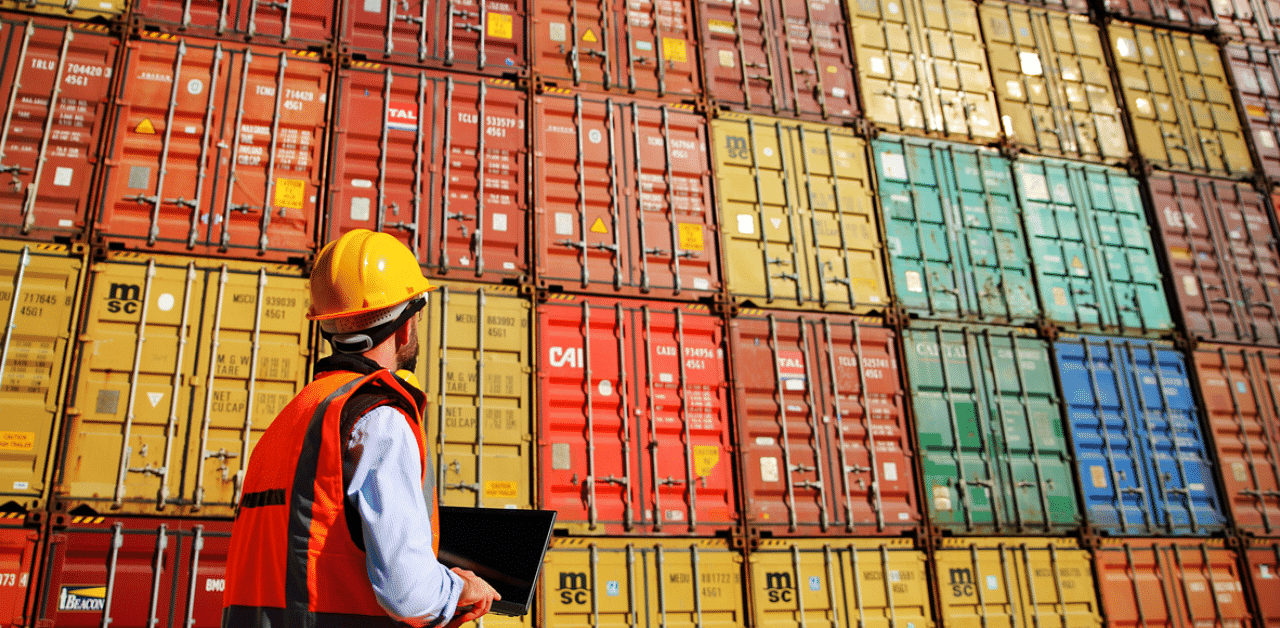
The Foreign Trade Policy (FTP) 2023, effective April 1, 2023, has been announced. Unlike the previous FTPs, which had a 5-year time frame with periodic revisions, the present FTP is open-ended, with the assertion that subsequent revisions ‘shall be done as and when required and shall not be linked to any date.’ What this will mean will have to be seen. The FTP 2023 is predicated on four pillars: incentives for remission, export promotion through collaboration, ease of doing business, and emerging areas.
The emphasis in previous FTPs was on rewarding exporters based on their export performance. The reward was in the form of transferable scrips. These could be used for the payment of customs duty. There were also a plethora of exemption schemes. Basically, these permitted duty-free imports of goods if they were used in the manufacture of goods that were exported. There was an endless debate about whether this was the right way to promote exports.
In 2019, the United States challenged in the World Trade Organisation (WTO) the exemptions or reductions in customs duties and the grant of freely transferable scrips as being violative of the provisions of the Agreement on Subsidies and Countervailing Measures (ASCM). This agreement, to which India is a party, in effect does not permit member countries to grant any export subsidies except in certain situations.
The WTO ruled against India and held that (i) Export-Oriented Units Schemes and Sector-Specific Schemes; (ii) Merchandise Exports from India Scheme (MEIS); (iii) Export Promotion Capital Goods (EPCG) Scheme; (iv) Special Economic Zones (SEZ) Scheme; and (v) Duty-Free Imports for Exporters Scheme (DFIS) are indeed violative of ASCM. India has appealed the decision; but, corrective steps have been initiated.
The pure reward schemes were scrapped, and the move towards remission began. This in effect meant that the government would refund back taxes paid on inputs that are used in the manufacture and export of goods. Thus the Remission of Duties and Taxes on Export Products Scheme (RoDTEP) and the various Production Linked Incentive (PLI) schemes were introduced. These and the very popular and time-tested drawback schemes, which are all WTO compliant, are the way to go forward. The new FTP recognises that.
Surprisingly, the DFIS and EPCG schemes continue to be promoted in the FTP. Basically, these schemes permit the import of duty-free inputs/capital goods, and a host of other related items to be used in the manufacture of goods that have to be exported. They are actual user schemes. The duty benefits are linked to the fulfilment of export obligations spread over six years in the case of EPCG. These schemes were introduced in an era when imports were expensive. With rates of duty having come down and the multiplicity of FTAs, it is debatable if these schemes are still required. Monitoring these schemes, given the long gestation period, is always a challenge. Most of the violations in the FTP are because of these schemes—either the export obligations are not met or, worse, the imported goods are disposed of. We should phase out these schemes, more so when the appeal is pending.
Export promotion through collaboration is a welcome recognition of the need to make states realise that exports are good for their own development too. The FTP stresses the need to galvanise districts of the country to become export hubs by identifying products and services with export potential’. Four more Towns of Export Excellence (ToEE) have been added to the existing 39.
The FTP has a clear focus on the need for trade facilitation. Greater faith is being reposed on exporters through automated IT systems with risk management systems for various approvals in the new FTP. The government also stresses the need to reduce litigation and foster trust-based relationships. A special one-time Amnesty Scheme is being introduced under the FTP 2023 to address default on export obligations.
The emerging areas identified in the FTP have a focus on e-commerce exports and merchanting trade. There is a recognition that distinct policy interventions different from those used in traditional offline trade would be required for e-commerce. Given the e-commerce potential, with estimates of $200 billion to $300 billion by 2030, this is welcome. The FTP speaks of a roadmap for establishing e-commerce hubs. Merchanting trade, which involves shipment of goods from one foreign country to another without touching Indian ports, involving an Indian intermediary, will now be possible.
Exporters do not operate in a vacuum. All stakeholders have a role to play. The customs should continue their drive to ensure smooth clearances and timely disbursement of drawbacks. Domestic infrastructure should be strengthened. Given the steady increase in GST revenues (FY 23 witnessed a total collection of Rs 18.10 lakh crore, a growth of 22% over the previous year), it would appear that this is indeed happening. The gross direct tax collection in FY 23 of Rs 19.68 lakh crore is another indication that the domestic sector is robust.
Exporters cater to global demands. The global economy will start improving. Exporters should focus on quality, timely delivery, and after-sales service. It is only then that the India brand will be established. Our embassies abroad have an important role to play in ensuring that exporters get access to markets. Our exports this year are expected to touch $760 billion. The target of $1 trillion merchandise and $1 trillion in service exports by 2030 is stiff. Greater targets have been met with focus, commitment, and support. Ultimately, the overall trade balance, which is currently more than $100 billion must be narrowed. That will be the test for India’s exporters.
(The writer is a former chairman of the Central Board of Indirect Taxes & Customs)